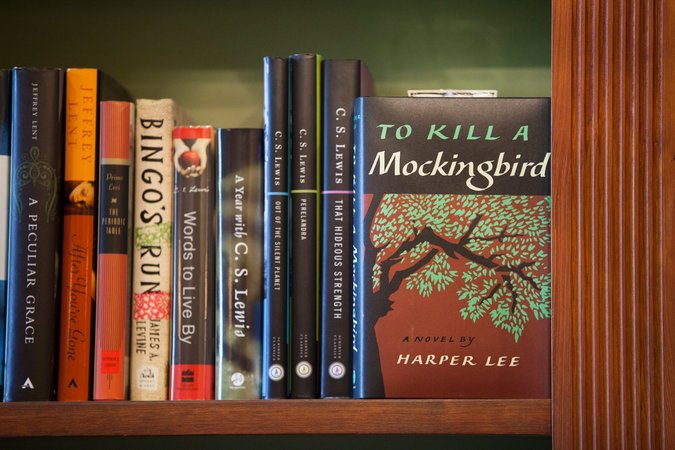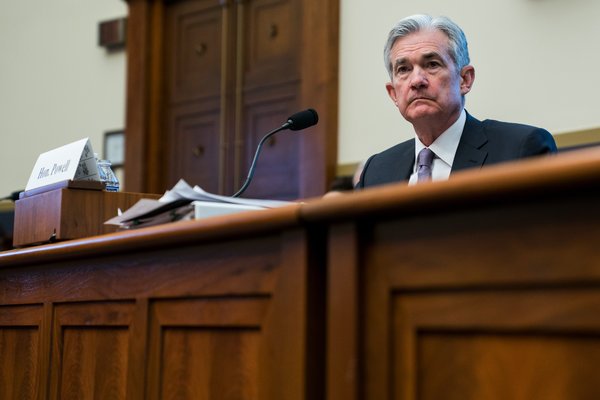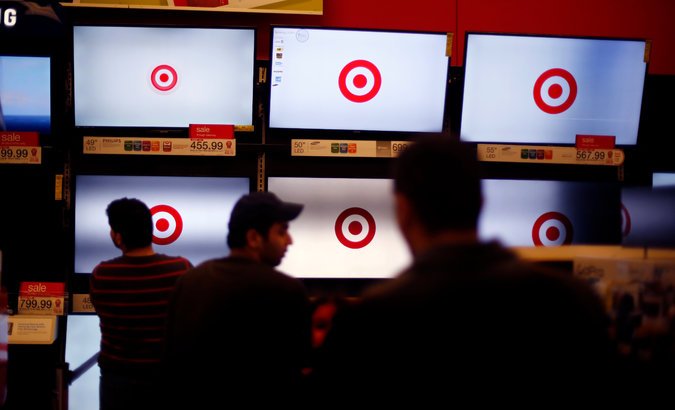Advertisement
Supported by

Feb. 27, 2018
ANAHEIM, Calif. — On Disneyland’s Main Street, Emily Bertola spends hours working on her feet, embroidering names onto mouse ears at the Mad Hatter shop, where she has been an employee for the last two years. She usually offers visitors the sunny smile she was trained to give.
None of her customers know that for months, she slept in the back of her truck, showering at the park before her shift.
Her struggle is hardly unique to Disneyland.
Orange County is known for its affluence, and for its tourist industry. But the thousands of workers who keep its resorts, restaurants and hotels running are sometimes struggling to stay afloat.
As the state grapples with soaring housing costs, workers in California earning just above the minimum wage find it difficult to pay for basic costs. Many employees at Disneyland have moved farther inland, driving hours each day to work. Others, like Ms. Bertola, have opted to move from couch-to-couch or sleep in their cars for months at a time.
Disneyland Resort — which includes the theme park, California Adventure, and nearby hotels — employs roughly 30,000 people. It is the largest employer in Orange County and one of the biggest employers in the state.

Despite their frustration with pay, in interviews with more than a dozen workers, many said they choose to stay at Disneyland, attached because of their childhood memories or reluctance to lose the perk of sometimes getting free tickets for their own children. And for many hourly workers, there are few options to make more money elsewhere. More than half of all workers in amusement and recreation, as Disneyland workers are classified, make less than $15, according to census data. About 85 percent of the 17,000 Disneyland employees who are part of a union make less than $15 an hour, according to union rolls. The current minimum wage in California is $10.50, and will reach $15 by 2022.
The cost of living is a particular challenge in Orange County, where a single adult would need to make about $33,000 a year to meet a basic monthly budget, according to the California Budget Policy Center, a Sacramento think tank. Roughly 38 percent of the county’s 1.5 million workers earn less than that. It is an issue that many low-wage workers are confronting across the state: California now has the highest rate of poverty in the country, 20.6 percent, when accounting for taxes, housing and medical costs, according to the Census Bureau.
Ms. Bertola, 24, has considered looking for a job elsewhere, but said she does not believe she could earn significantly more without a college degree. She applied for an entry-level job at Disneyland after she could no longer afford college tuition. As soon as she was hired, she left her parents’ home near the central coast and moved several hours south.
“I moved for the dream of working here,” she said in an interview before her shift one recent afternoon. “We came here as kids for our birthdays growing up and had such an amazing time. I wanted to be a part of that.”
According to a survey of thousands of low-wage employees at the park, nearly three-quarters of workers who responded said they do not earn enough money to pay for their basic monthly expenses, and one in 10 said they had been homeless in the past two years. The survey and analysis were conducted by Occidental College and the Economic Roundtable, a group that has long supported raising the minimum wage to $15 an hour, and was paid for by a coalition of labor unions who represent many of the low-wage workers at the park
The survey was sent to about 17,000 workers in the park who are represented by labor unions and was completed by about 30 percent of them, including both full-time and part-time employees. The responses account for about 17 percent of the park’s overall work force.
A spokeswoman for Disney said that the survey was “inaccurate and unscientific” and produced by “politically motivated labor unions.”
“The results are deliberately distorted and do not reflect how the overwhelming majority of our 30,000 cast members feel about the company,” the spokeswoman, Lisa Haines, said in a statement. She added that most employees make above minimum wage, with entry-level roles between $11 and $17.75 an hour, and “most earn additional income through premiums and overtime.”
“We are proud of our record as a quality employer,” she said. “We have created more than 4,000 jobs over the last five years — more than any other business in Orange County.”
When she first began working, Ms. Bertola slept for months on a relative’s couch, more than an hour away from the park. She began looking for a place of her own, but she could not find even a room she could afford, she said. So night after night, she rolled up her windows and slept in the employee parking lot, comforted by security cameras. A couple of times, she said, a security officer approached her, saying “get it together and leave.” This went on for two months.
These days, Ms. Bertola shares an apartment with her boyfriend, who has worked at Disneyland for years. They each earn $11 an hour, working anywhere between 20 and 40 hours a week, or more during peak season.
“We barely can make it work with the two of us working there almost full-time,” she said.
After working in salons for several years, Rebekah Pederson began working at Disneyland because she would be eligible to join the Makeup Artists and Hair Stylists Guild. She earns $11.68 an hour — an amount, she said, that “nobody can live on here.”
Some nights, the 27-year-old heads to her mother’s home in Temecula, a drive that routinely takes two hours. More often, she says, she drives along the Pacific Coast Highway and pulls over into a secluded spot near Malibu, attaching cloth to her windows before sleeping. When she wakes up, she goes to a nearby Starbucks to brush her teeth. She showers and puts on her makeup once she arrives at work, where she works on the wigs for princesses in the park.
“I do my job with a smile on my face,” she said. “Most people don’t know what I’m doing. It’s not exactly the most lovely thing to hear about, that I can’t even take care of myself.”
She works as many as 60 hours a week during the peak season, but said she would need about $700 a week to be able to make ends meet here. She said she typically makes about $350 to $500.
The economic struggles are not limited to housing: According to the report, 15 percent of employees who responded to the survey said they have received food stamps or visited a food bank.
As a grill fry and a lead cook at Cafe Orleans, Grace Torres, 28, earns anywhere between $12.88 and $18 an hour, depending on her shift, working between 32 and 40 hours a week with a schedule that varies widely. Her husband has also worked as a cook there for several years.
“Every time we get to the end of the month, I have to choose what bills to pay,” she said. “We want kids, but there’s no way we’re going to do that when we can barely afford to feed ourselves.”
Advertisement
Article source: https://www.nytimes.com/2018/02/27/us/disneyland-employees-wages.html?partner=rss&emc=rss









